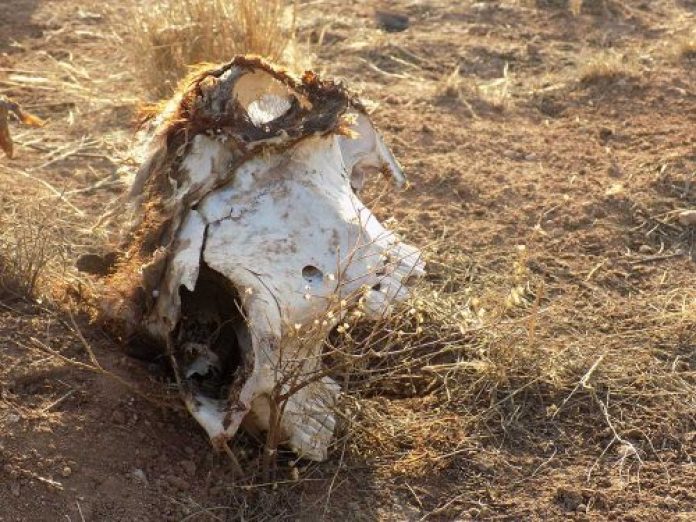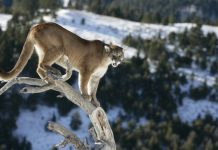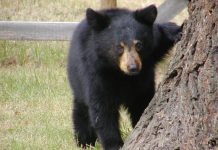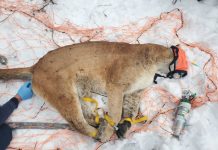For most hunters, calling coyotes is something that happens a couple times a year. For me, it happens two to four days a week. To say I am addicted is an accurate statement, but why? What is it about those hunts that make the rush of outsmarting the most predominant predator in the west such a thrill? For me, it’s the handshake and the “thank you” at the end of the day. Ranchers and farmers in the west are always in an ongoing battle with the weather and elements. Also the rise and fall of prices in the livestock market, and predators. I provide predator control services for ranches in Southern New Mexico, currently staying in contact with 37 different ranches in the surrounding area. Most of them are cattle ranches and a few sheep ranches, and all of them have high coyote populations.
The Coyote (Canis Latrans) seems to be quite the infamous critter to ranchers in the west. Especially down here in Southern New Mexico. The Coyote makes up over 60% of all mammalian complaints to The Department of Agriculture Wildlife Services in Southeast New Mexico every year. In 2001, Wildlife Services documented 4,329 reported livestock lost to coyotes in the state. That’s a total of roughly $920,895 in losses. The total amount lost in 2001 to all predators (Coyote, Cougar, Bobcat, Black Bear, Feral Dogs, and Badgers) was $1,190,393. So it doesn’t take a mathematician to see Coyotes hold the top spot for the most problematic predator. It also doesn’t take much to see that population management is key in high predator populated areas.
The only problem with the numbers from Wildlife Services is they do not show the true loss to a ranchers pocketbook over time. I spoke with a buddy, Lynn Preuit, a cattle rancher in Southeast New Mexico to see the true loss from predators.
Q: “So far in the past year, how many animals or livestock have you lost to predators?”
A: “Personally I haven’t lost any, but it’s usually a percentage of an annual death loss of 3-4%.”
Q: “As far as cost, how does a loss of livestock affect a rancher’s pocketbook?”
A: “It depends. In the past, I’ve witnessed a pack of coyotes kill a breeding age bull. He cost $4500. The loss of his service for just one year of about 40 calves could potentially be $30,000. If you were to figure the loss over the lifetime of the bull it could potentially be 30 calves a year for 10-12 years. That’s somewhere in the area of $250,000. Not to mention the heifers you may have kept and their production over their lifetime. Losing a calf is about $1000 bucks these days. So if a guy only has ten cows the loss of one calf could be catastrophic. But where I see the most loss is sheep and goat farmers. I don’t know the dollar values but I would think the death loss to predation on them would be higher dollar wise.”
Q: “Having coyote hunters come out on your property (experienced and inexperienced) to manage the predator population; would you say it has helped or what outcomes have you seen, and what depredation methods have you utilized?”
A: “It has had both effects. As soon as you kill one it seems like two take its place. I hired a helicopter in 2009, I shot 14 an hour for 4 hours. That’s about 55 dogs. I didn’t see any for 3 weeks, then it was as if they had just been replaced. Trappers are good but slow, so shooters are really the only option. Poisoning is antiquated and the risk of secondary poisoning on non-target animals is too high and not controllable. So I would say shooters are the best option as far as I’m concerned.”
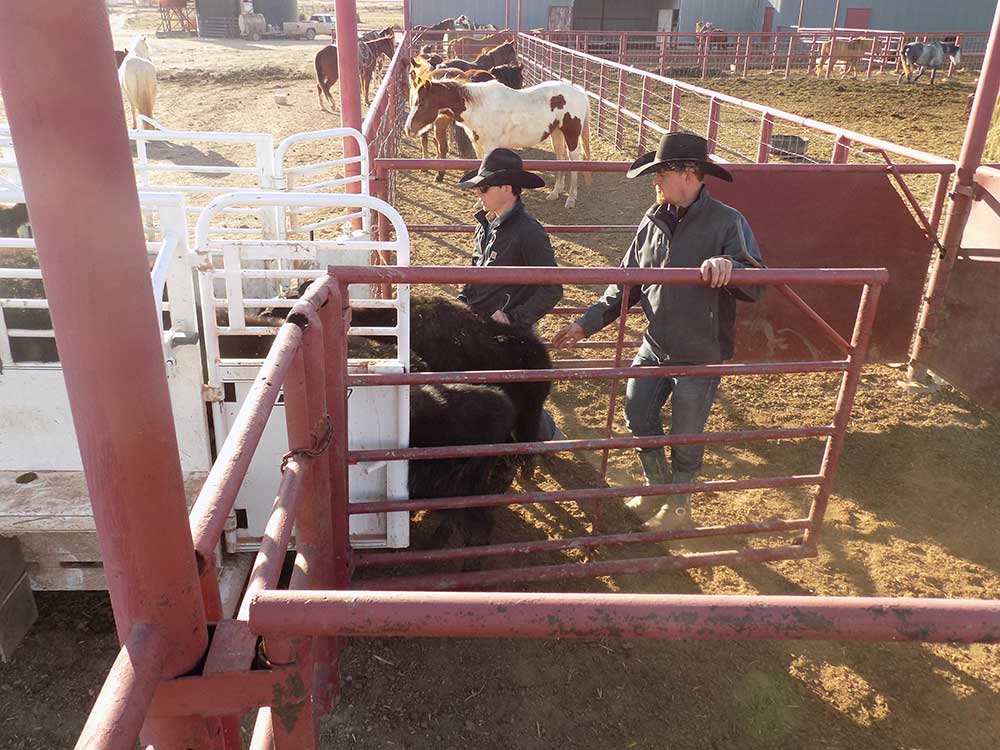
I have recently read articles stating coyotes don’t have an effect on deer populations. However, coyotes have a huge impact on game species in their territories every year. The best example I’ve found to represent their effects on game species was a study done in South Carolina by a Research Biologist with the U.S. Forest Service Southern Research Station, Dr. John Kilgo.
Kilgo and his crew placed radio-collars on a total of 60 fawns to determine the mortality rate to predators in the first few months of life. Out of the 60 fawns, 44 died during their course of study. 35 were lost to coyotes, six were lost to bobcats, and three the cause of death was undetermined. On a nearby private land location at the same time, researchers set up trail cameras instead of collars to track mortality rates of the fawns on that location. They found no difference in survival rate between the two test locations.
This leads me to my last point;
Coyotes obviously are one of the leading causes of death for Livestock, but also for big and small game species.
Without controlling coyote populations the ecosystem suffers dramatically. Potentially leading to the spread of plague, mange, or other diseases they could potentially contract and spread to other species when overpopulated. Additionally, high predator populations tend to result in lower game populations and life expectancy of livestock animals. With Predator populations high we can expect the following years of game populations to not reach their full potential due to the low deer fawn crop and other big game animals. Without proper management, everyone, including ranchers and hunters suffer.
I can honestly say 2015 was my busiest year to date with predators. This is due to an increase in population across the west. With most of New Mexico seeing more moisture this year, this has resulted in a population increase with a lot of the wildlife in New Mexico. Also, New Mexico hunters and ranchers battled against the banning of coyote contests in the state. Predator calling contests were labeled as inhumane acts of killing without any true purpose. This statement is incorrect since coyote contests act as a great way to manage predator populations in specific areas. Most of them are hosted and hunted by avid predator hunters. It’s a great way to connect with other hunters in a friendly competition while managing the local population of predators.
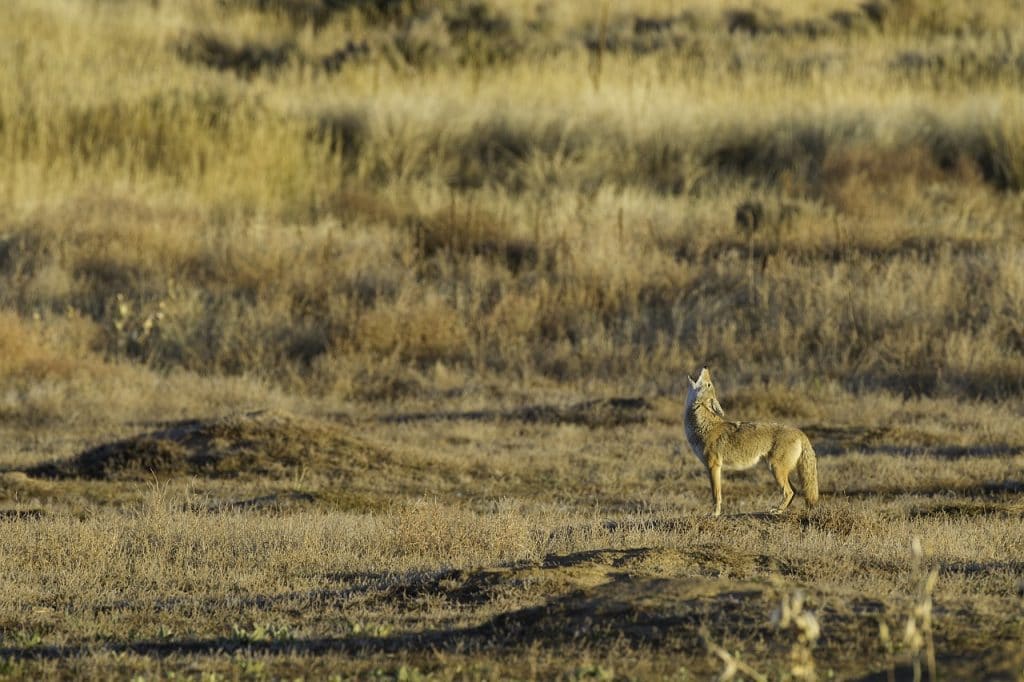
So, I think it’s important for us as hunters to not forget about conservation and what we stand for as predator hunters. Farmers and Ranchers across America give out tags and land permission for hunters to access their land to harvest game. Some of them are in an ongoing battle with predation. From my experience, most ranchers will tell you they would rip an axle out from under a truck if it meant chasing down and getting a shot off on a coyote. Most of them don’t have the time in a day to sit down and make a stand or run a trap line to mitigate the predators on their land. This leaves us as predator hunters and trappers to manage predator populations in our area. Whether it is just a couple successful hunts a year, or a weekly hobby, we can make a difference.
As an avid outdoorsman and predator hunter, I believe that the service provided through predator control to ranches makes a difference. Even if just one hunter saves one calf, or one fawn on a ranch a year, that to me is a success. The actions that we take today to manage and protect livestock and wildlife populations could make a difference for future generations.


